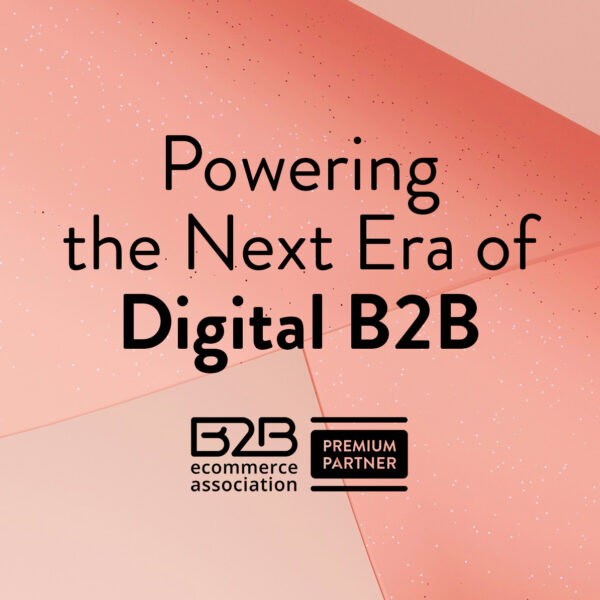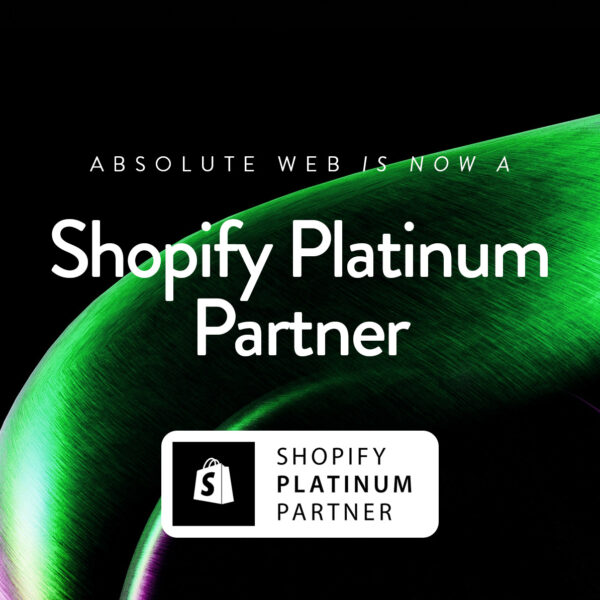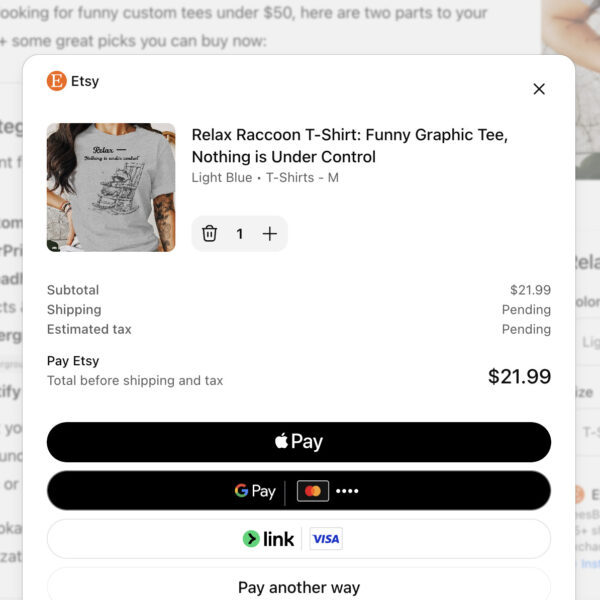As a brand, building a community is a fantastic way to connect with your audience – it can bring you prospective buyers, and help you retain happy, repeat customers. In addition to building brand loyalty through listening to your customers, practicing community marketing is an effective way to engage and grow your customer base, one that’s an active part of your brand.
So, What is Community Marketing?
Community marketing is a brand strategy to engage your audience in an organic way through conversation – using social media, email, blog posts, and more. While you’re likely already doing this to some extent, let’s dive in a bit deeper and take a look at what community really is.
When looking at what successful brand communities have in common, a few themes emerge: a shared purpose and values, clearly defined incentives and awards, easily accessible value consumption, accountability, participation, and evolution.
Taking these into account, here are some ways you can use community marketing to grow brand loyalty.
Tips to Create Community Marketing
Embrace Social Media
Since connection and accountability are key, engaging with your audience on social media by replying to comments, DMs, or questions is a powerful way to build community. Plus, letting your followers know that you’re active when it comes to responding on social media will give you accountability as a brand (this could be as simple as replying to a comment with an emoji or two).
86% of consumers say authenticity is important when deciding what brands they like and support, so be sure to play into your brand’s voice when engaging with your audience. Remember: followers appreciate it most when you’re genuine. So be sure your comments, likes, and messages positively reflect you.
When it comes to Instagram, embracing features like reels and IGTV can give your account more depth. They’re also a fun and engaging way to connect with your audience to communicate product launches, discounts, collaborations, and more. Just be sure to be consistent in sharing. Creating (and sticking to) a monthly content calendar can help with this. It can also be helpful when planning ahead so you don’t miss opportunities to engage with your audience through thoughtful content.
Get Creative with Email
As an owned channel, email marketing often has the most profitable return on investment and is a driving force when it comes to creating deeper customer connections, for good reason. Tailoring your messaging to sound human is an authentic technique that can pay off big time – because as human beings, customers like to be spoken to like one.
Communicating to your customers through email is an effective way to increase sales and push customers to new calls to action, like contactless or curbside pickup. You can get social when communicating through email by featuring customer reviews and user generated content, like tagged Instagram posts of your products being used by others. This shows that you not only have a community that engages with you, but that you engage with them too.
Also be sure to segment your content and messaging to create a more personalized experience for select customers or potential buyers. As your business continues to grow, having (and growing) segmented lists can ensure that your team is utilizing all that email marketing has to offer.

Prioritize with Top Tier Customers
For customers that engage with your brand more – through making a high volume of purchases, sharing your brand’s content, or through communicating interest to be more involved – consider giving them extra love. This could be as simple as sending them a new product email with “first dibs” on a launch or giving them access to more complex surveys (think: a mini think tank surrounding a specific product or area of your business).
Oftentimes, upper-tier customers have insightful ideas and can help create a stronger community around your brand (for example: you could start an ambassador program and make them a part of it). Also be sure to have your founder, or a high-level team member, reach out to begin a more personal relationship.
This shows that your brand is not only capable of evolving, but that you’re invested in hearing from your customers to evolve. It’s also an exciting way to engage with your audience on a deeper level.
Sources:
https://hbr.org/2020/01/when-community-becomes-your-competitive-advantage
https://www.adroll.com/blog/customer-experience/community-marketing-fuels-growth
https://www.emarketer.com/content/email-marketing-2020
https://stackla.com/resources/reports/the-consumer-content-report-influence-in-the-digital-age/
Promoted
EEE Miami 2026 – The Most Inspiring Ecommerce Conference

February 4-5, 2025 | Miami, FL
In-Person Event | Get Tickets











